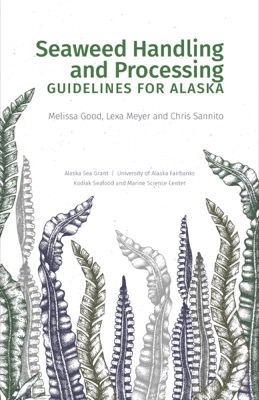
Size-at-age in haddock (Melanogrammus aeglefinus): Application of the growing degree-day (GDD) metric
A.B. Neuheimer, C.T. Taggart, and K.T. Frank
- Price: $2.75 Sale: $0.00
 This is part of Resiliency of Gadid Stocks to Fishing and Climate Change
This is part of Resiliency of Gadid Stocks to Fishing and Climate Change| Format | Price | |
|---|---|---|
| PDF download [559.1 KB] Bypass cart and download |
Free | Add to Cart |
Description
While growth variation in fishes is the result of a number of different factors (temperature, food consumption, genetic composition, etc.), temperature has been identified as one controlling factor on fish size-at-age. Thus, variation in size-at-age due to variation in temperature should be explained before the other factors are explored. We argue that the relevant metric for explaining temperature-dependent size-at-age variation in most fishes is physiologically relevant temperature; i.e., the thermal integral parameterized as the growing degree-day (GDD,
ºC × d) metric. Accordingly, we employ GDD to examine the change in size-at-age (length-at-day, LaD) among eastern Scotian Shelf (Northwest Atlantic Fisheries Organization statistical divisions 4VW) haddock (Melanogrammus aeglefinus) from 1970 through 2003. Significant variation in length-at-day (LaD) among year classes (decline in slopes and intercepts of LaD-at-GDD relations) remains after LaD variation due to GDD (temperature) is explained. The unexplained variation is postulated to be a result of temperature-independent factors such as condition or size-selective fishing or both.
Item details
- Item number: AK-SG-08-01f
- Year: 2008
- DOI: https://doi.org/10.4027/rgsfcc.2008.06



